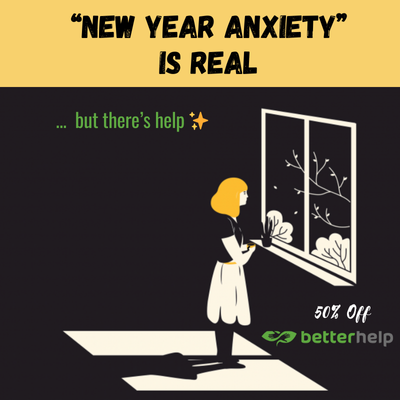View this post on Instagram
Control freak.
Whether that term sounds funny or offensive to you, odds are it applies.
Although some of us are more aware of it than others, nearly all of us are obsessed with control.
And that can make life a real bummer because, for better or worse, the truth is that we have control over very little.
This is the idea behind the popularly known Buddhist concept that “attachment is the root of all suffering” (one of the Four Noble Truths).
Attachment being, in this case, to an outcome, event, or some kind of should. When we hold strong ideas about how things should be and it clashes with the reality of how it is, we can experience frustration, grief, sadness, disappointment, anger, even a sense of betrayal.
So what can we do? How can we succeed as the control freaks that we are?
Focus on where our power is and let go of the rest.
The more things we try to control, the less control we experience.
If you’re like me, there is a long list of things you’d love to be able to completely control, including (but definitely not limited to): the weather, other people’s attitudes, the health of loved ones, the life span of your pets, the safety of your children, the fidelity of your partner, gas prices, the number of open seats on airplanes; and the list goes on and on.
Unfortunately, although I may be able to influence a couple of those things, most of those things are not in my sphere of control.
The control list looks more like: my reaction to the weather, my reaction to other people’s attitudes, my reaction to the health of loved ones, my attitude about the life span of my pets, my preparation for the safety of my children, my decision to stay with or opt out of a relationship, my attitude about gas prices, and my gratitude for any open seats on planes.
Notice a trend?
At the risk of sounding like a broken record, I’ll repeat a truism that’s nearly become cliché: you can only control your reaction to the world around you. You’re responsible for how you show up; that’s it.
On the one hand, this can really freak us out—the realization that we have so little control.
But on the other hand…what a relief! I’m not responsible for controlling someone else’s bad attitude or my partner’s philandering—I’m just responsible for my reaction. I choose whether I stay or go—I choose whether I smile or get riled up.
And, in that perspective, is immense freedom.
So how does yoga fit into all of this? Because, if you know me, you know where this is going.
On the mat, in the classroom, a bus stop, or a bathroom stool, yoga is the practice of being present with what is. Through becoming aware of our breathing and body sensations (and guiding our breath and movement), we are confronted immediately with the reality of our physical body and the components we can and cannot control.
Perhaps, today, we can move our body through different positions that are intended to release stress, but the frantic mind keeps spinning, and we can’t let go of a particular train of thought.
Perhaps, tomorrow, those thoughts have passed, and we are able to relax; however, we notice that our left leg is not nearly as flexible as our right—or maybe, it even experiences pain.
When we show up to our yoga practice, wherever it is, we are actively and purposefully engaging with reality. Engaging with reality in yoga practice helps us with recognizing what we can control and making peace with what we can’t.
As we become more practiced in responding to the simple things we can and cannot control in yoga class, we slowly begin to unfold that experience into our life off the mat.
One week we may learn that we don’t have to react with anger or embarrassment when we fall down—we can laugh instead. That may translate to a shift in perspective that allows us to embrace or laugh at other life situations we can’t control, like getting cut off in traffic.
Yoga isn’t about being flexible—it’s about being adaptable.
~










Read 2 comments and reply